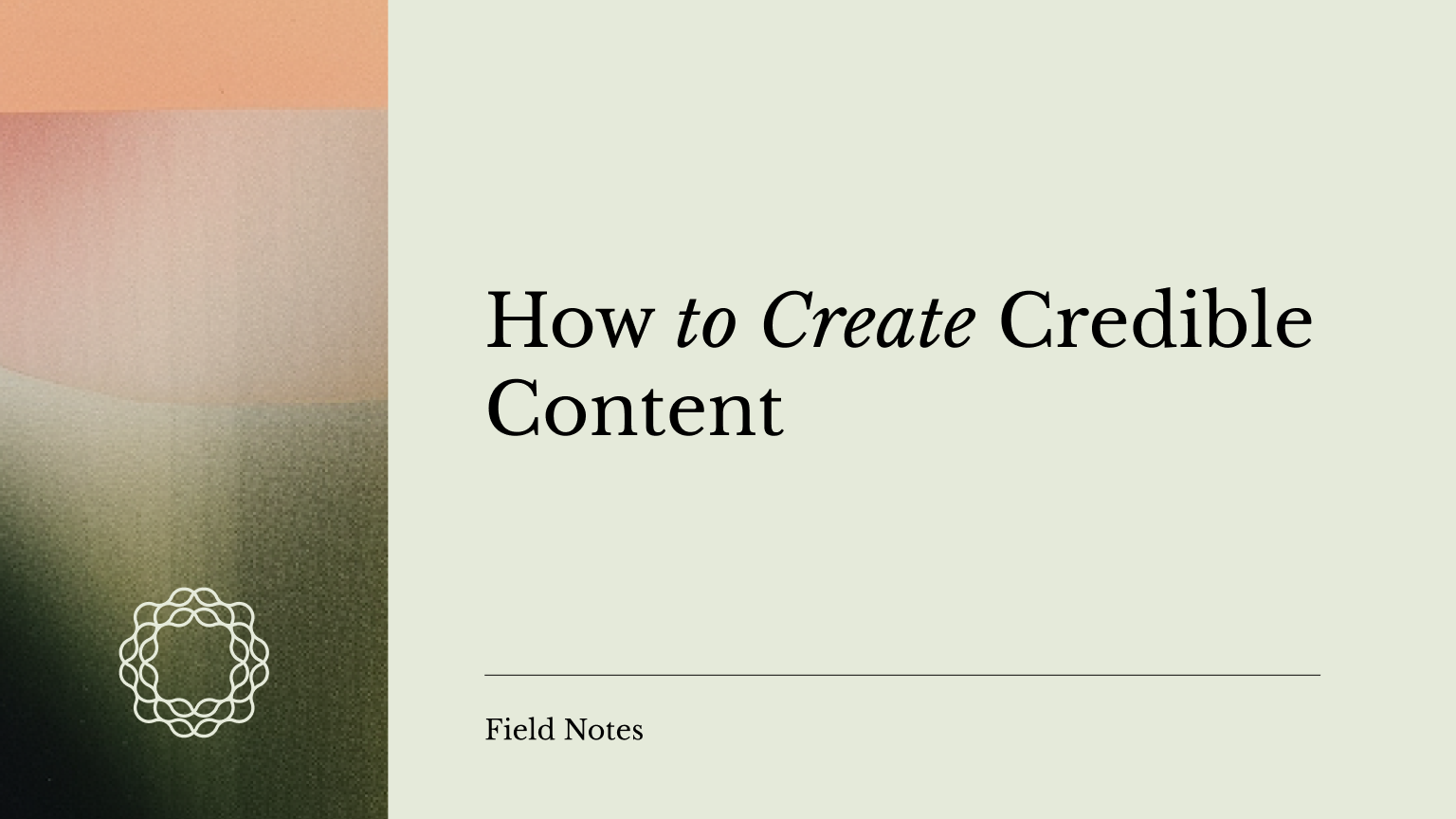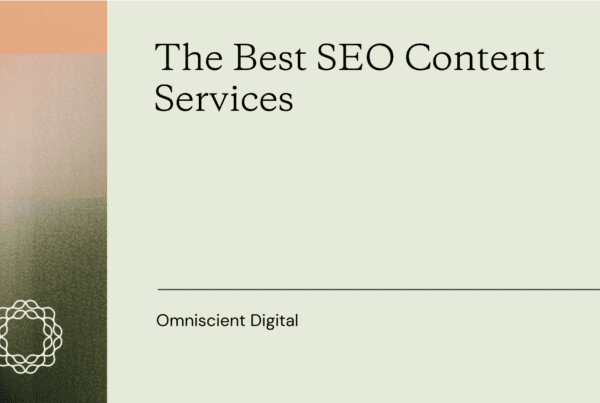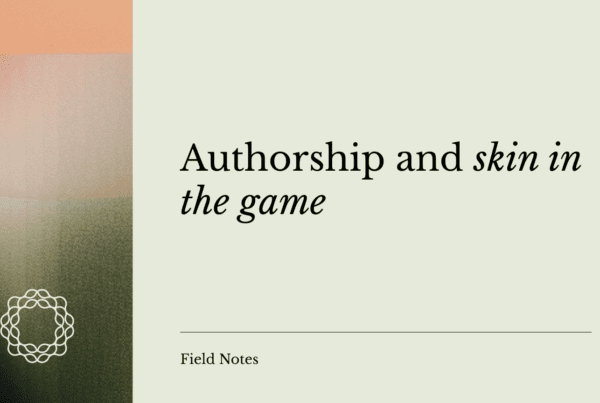
For most of human existence, information was rare. Knowledge was localized, hoarded, and often expensive to access, encoded in oral traditions, gatekept by religious elites, copied painstakingly by hand. Scarcity conferred automatic credibility: if you had access to a book, a teacher, or a map, it was presumed valuable.
The printing press upended that. Suddenly, information could scale, which unlocked education, gave previously fringe voices a platform, and allowed for open knowledge sharing. And with scale came a new need: filtering. People needed mechanisms (brands, publishers, institutions) to decide what was trustworthy (or, rather, worth paying attention to).
In the 20th century, broadcasting (radio, television) concentrated distribution again, but in fewer hands. The constraint was still real estate: airwaves, primetime slots, publishing deals.
The internet broke that last bottleneck. Suddenly, anyone could publish anything (podcasts, art, even periphrastic newsletters like this one). Bye bye, information scarcity.
Curation, now, is done by and large by algorithms – which is a generic term for a process or set of rules to be followed. LinkedIn’s algorithm works differently than TikTok’s, Google’s, and Instagram’s. But unless you have direct distribution (likely via email), then you’re dealing with a platform intermediary, which has algorithmic delivery mechanisms, if you want to reach your target audience.
Now, with AI entering the picture, we have tools that can produce infinite plausible content with near-zero marginal cost. It’s likely we are moving into true post-scarcity information economics, at least in terms of information quantity (I make no claims on the quality of this deluge), as these tools are not only generative mechanisms to create content, but they are new intermediaries through which we discover and interact with information.
We’re already seeing all sorts of insane system abuses with bots, and even the more innocuous but annoying LinkedIn AI slop in your comments section, but if we’re to make use out of this beautiful internet thing (and keep it “alive”), we’ll need to develop (both as individuals and platforms) filtering signals to direct our attention. One of those, credibility, becomes a new form scarcity (or one form of new gold, anyway)
Credibility as a Filter
It’s tempting, in a landscape of infinite supply, to double down on output. More articles. More posts. More campaigns.
If you only focus on the first order effect (“I can create much more content”), that makes perfect sense.
But there are second order effects (your competitors realizing “I can also create much more content”), and thus, third order effects as well, which will be new ways of sorting, valuing, and delivering information to users.
The brands (and individuals) who win long-term won’t be those who publish more. They’ll be those who focus on the third order effects – emerging platform incentives and filtering signals. One of those, credibility (of source and information) is clearly effective today.
No matter which platform you’re optimizing for, brand awareness and trust augment your effectiveness.
In search, you get higher click-through-rates as a known brand. This creates a virtuous cycle of higher rankings based on user engagement.
In social media, you “stop the scroll,” in many cases, by being a known face. A voice whose point of view merits reading. And sometimes with a well-crafted “hook.”
Content-wise, we’ve got EEAT, and new research on generative engine optimization that suggests credibility signals like expert quotes, trustworthy citations, and statistics improve performance.
I can’t imagine this trajectory changing course with increased content supply.
And credibility itself bifurcates into two intertwined but distinct strands:
- Being credible: Actually possessing expertise, experience, insight.
- Appearing credible: Signaling that expertise effectively to audiences and platforms.
These two often overlap — but not always. There are people and companies who are deeply credible but invisible, and others who are highly visible but hollow.
The work is in aligning both.
Real experience can’t be faked. But appearance — signaling — still matters. In a platform-mediated world, it’s not enough to be credible. You have to be perceived as credible, repeatedly, across multiple surfaces.
How to build (and signal) credibility through content
This is where strategy starts. Not in hacks or growth loops, though you’ll find plenty of those cheap tricks, even at large SEO conferences, apparently.
If you’re building a company, it’s very likely you, your team, and even the proprietary data you’re collecting as an emergent property, house a ton of expertise. It’s just about turning that expertise outwards, reflecting it in the content fishing lines you’re casting into your prospective customer lakes.
A few principles we follow (and advise our clients to follow):
1. “How we” > “how to”
Generic “how-to” guides are commodities, especially when written by someone who hasn’t actually done the thing. What breaks through is lived experience and how you specifically solved a certain problem.
As my co-founder Allie Konchar wrote:
“Subjectivity is context, and context is what creates trust and authority. Subjectivity infuses personality and authenticity into “how-to” content. Subjectivity builds and converts audiences, not just answers queries.
I remember receiving topic assignments at HubSpot (like sales leadership challenges or inclusive sales training) that I didn’t have any personal experience with. Sure, I could’ve read up on these topics, but my first thought was, “Aren’t people doing this very thing at HubSpot right now?” Talking to those practitioners and experts taught me much more than I would’ve learned from combing competitor sites.
Why feature HubSpot experts over external experts? Both are knowledgeable and credible, but by leveraging expertise tied to HubSpot, I built some brand affinity and authority in the process…a tactic that ultimately helped with gated asset downloads and demos.”
This is why “how we did X” essays outperform sterile “how to do X” guides. Real practitioners sharing real stories. Operator-led insights, not regurgitated best practices.
Of course, you as the writer don’t need to be the expert. You can be the journalist. You can interview the experts.
It’s how we built Omniscient’s marketing (and is the whole point of our Kitchen Side podcast episodes). It’s how I wrote my best pieces at CXL — doing things, then documenting them (e.g. creating data-driven user personas).
2. Founder-led and expert-led content
People trust people, not faceless brands. In a world of infinite information, the human face becomes the anchor.
At the very least, put a byline on your blog posts (sorry, “[company] team”).
Think about it: Dave Gerhardt built Privy and Drift into category-defining companies largely through personal storytelling and LinkedIn visibility. Chris Walker was Refine Labs and Passetto. At Gable AI, Chad and Mark have hundreds of thousands of followers across LinkedIn, their newsletter, their community — not because of brand spend, but because of individual credibility.
This stuff has a strong synergistic effect with SEO, as well.
It’s not just about personal branding (though that’s a benefit). It’s distribution leverage, a name and a face put to your ideas.
As a VC put it to me (reflecting on their most successful portfolio companies):
“If everyone’s saying the same thing, you as a founder have to get out there and beat the drum on why these things matter and what your vision is.”
We’ve seen it ourselves: cold emails perform better when someone already knows your face from a podcast or a blog post. Ads work better. Even SEO can benefit indirectly: when AI engines like Perplexity or ChatGPT scan the web, they increasingly prioritize sources tied to visible, credible individuals (and right now, oddly, YouTube is one of the strongest influencers – so maybe try video?)
3. Original research and information gain
If everyone else is remixing secondhand information, the fastest path to trust is to surface firsthand data.
- Proprietary surveys
- Internal usage data
- Case studies and experiments
- Aggregated public data with original analysis
Brands like HubSpot (State of Marketing) and SparkToro (publishing a ton of reports on media channels and audience behavior) have long understood this.
Original data also acts like Himalayan sea salt: it brings out the flavor in everything else it touches — sprinkle it in your blog posts for more credibility, your LinkedIn posts for greater visibility, your outreach to drive more curiosity.
People, especially B2B marketers, crave certainty, possibly even more than they crave growth. And there is a large population of bloggers, journalists, marketers in need of data points to craft stories around.
Give them that data and certainty.
4. Omnipresence and the threshold effect of attention
Trust isn’t usually won on the first touch. It’s won through repeated, reinforced exposure.
I learned this firsthand at HubSpot when we built out the Surround Sound SEO strategy: appearing not just once but everywhere a prospect might look during a buying journey.
As I wrote then:
“Appearing 1-2 times, you’re present but forgettable.
Appear on every page that ranks? You’re the default.”
This same threshold dynamic plays out across LinkedIn, YouTube, podcasts, conferences. You don’t need to go viral. You need to be visible enough, consistently enough, to cross the trust threshold. Studies show that mere exposure increases affinity, and just using common sense, of course it increases your awareness.
Credibility compounds
It’s slow at first.
You publish thoughtful essays. You run original research. You build founder-led visibility. At first, it feels like shouting into the void.
But credibility compounds like interest. Trust, once earned, lowers friction across every surface:
- Easier closes
- Faster distribution
- Higher organic reach
- Better customer loyalty
And unlike hacks or tactics, credibility is resilient to platform shifts, algorithm changes, and new AI mediators.
In fact, as filtering mechanisms tighten, credibility increases in value.
Want more insights like this? Subscribe to our Field Notes.


